The Baltic Sea is a lot of water, so much so that it wont fit in a standard sized pool. You would need a lot of buckets to move the Baltic Sea to another location so it is probably best to just leave it where it is.

A Swedish company has been authorised to investigate the possibility of extracting mineral nodules from the seabed in the Gulf of Bothnia. They are said to be important for the green transition. Researchers will now provide answers to how the extraction would affect the organisms living at the bottom of the sea.
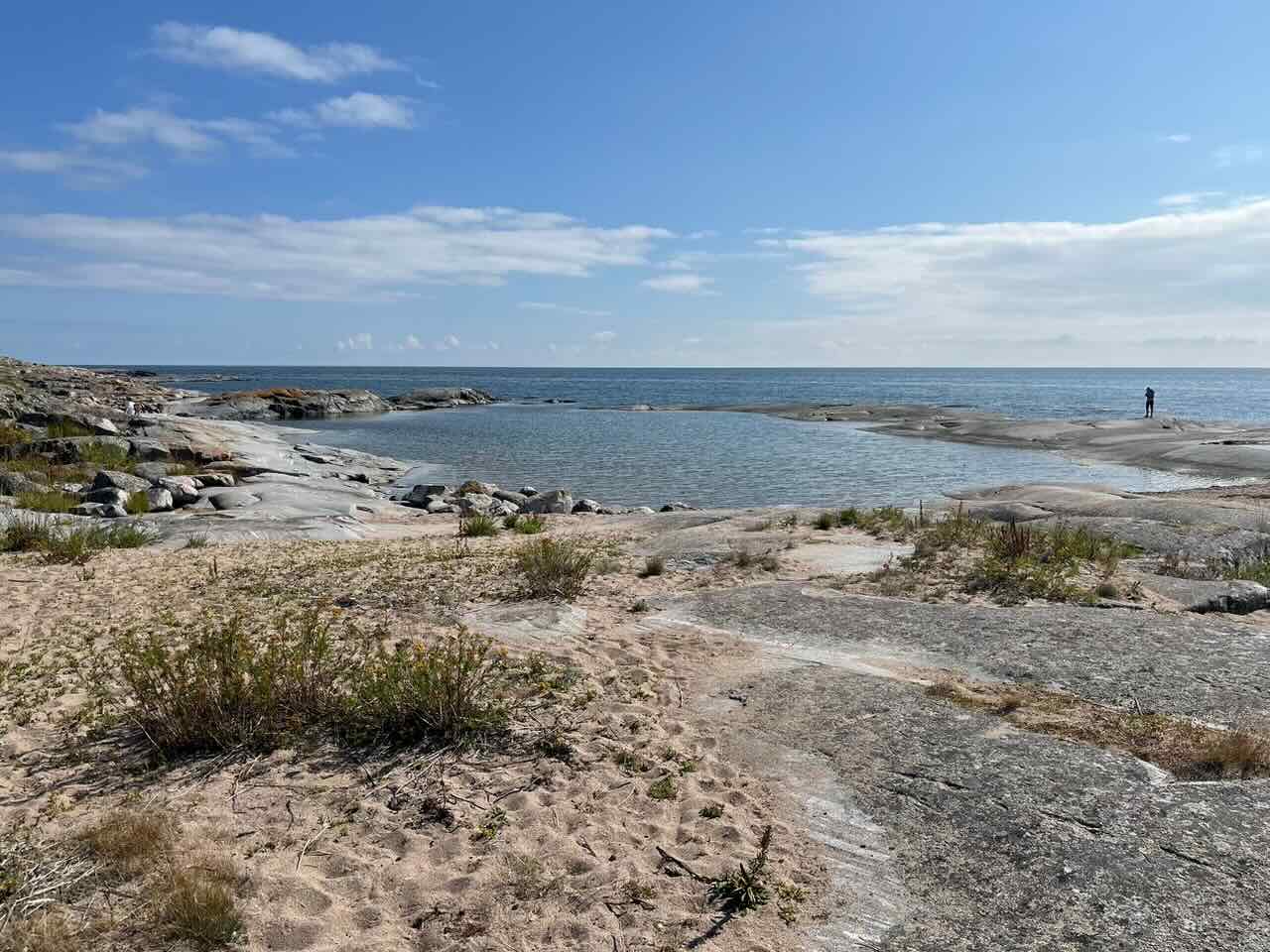
Can you feel anything but happiness, if you live on an island in the Baltic Sea and realize that a major chunk of the neighboring sea is about to become a national park? Many of us were both delighted and surprised in April 2020, when the Swedish government and our local municipality agreed that the outer Nämdö archipelago should become the first maritime national park on Sweden’s Baltic coast. Number two in the country, after Kosterhavet on the West Coast, inaugurated in 2007.
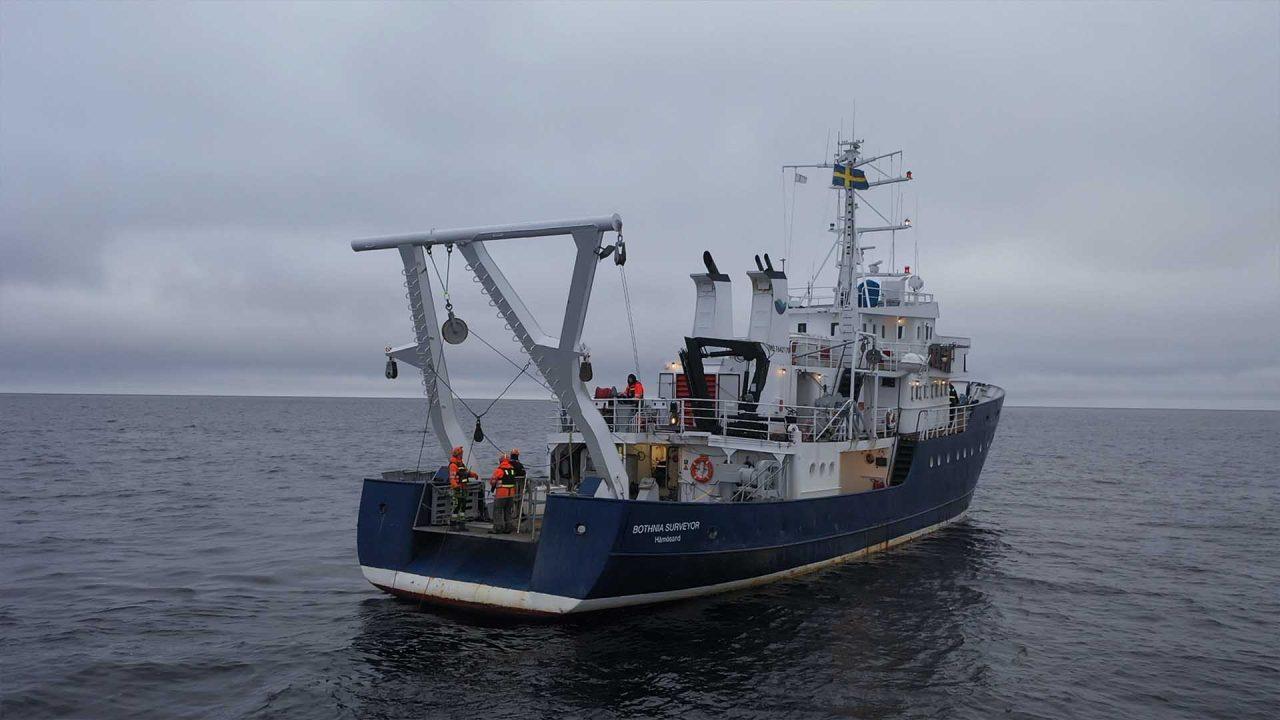
Several countries, including Sweden, have criticized Norway's plans for deep-sea mining. However, a Swedish company has now been granted permission to explore the possibilities of extracting mineral nodules from the seabed off Skellefteå in the Gulf of Bothnia.
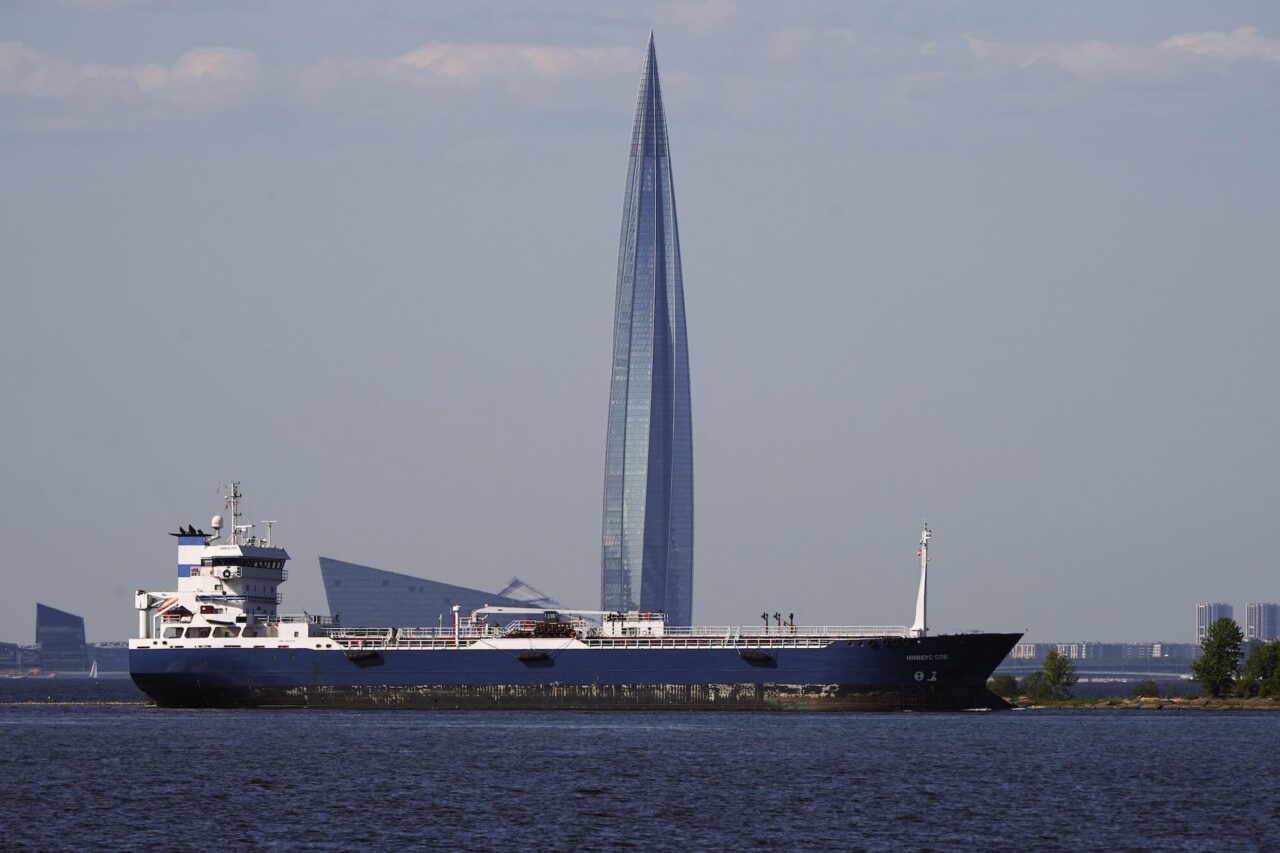
It sneaks out oil and fills Russia's war coffers. It is suspected of spying on Sweden. And it is feared that at any time it could cause a huge environmental disaster. Russia's so-called shadow fleet - with a thousand anonymous ships - has grown explosively and poses a threat in several ways in the Baltic Sea.

It is early morning sometime late winter last year. Out on the islands in the Skarv archipelago in the sea belt outside Stockholm, female seals and seal pups lie close on the rocks. These are mating times for the gray seals. Sea eagles soar above them. Hungry and ready to attack a weak and lonely pup.
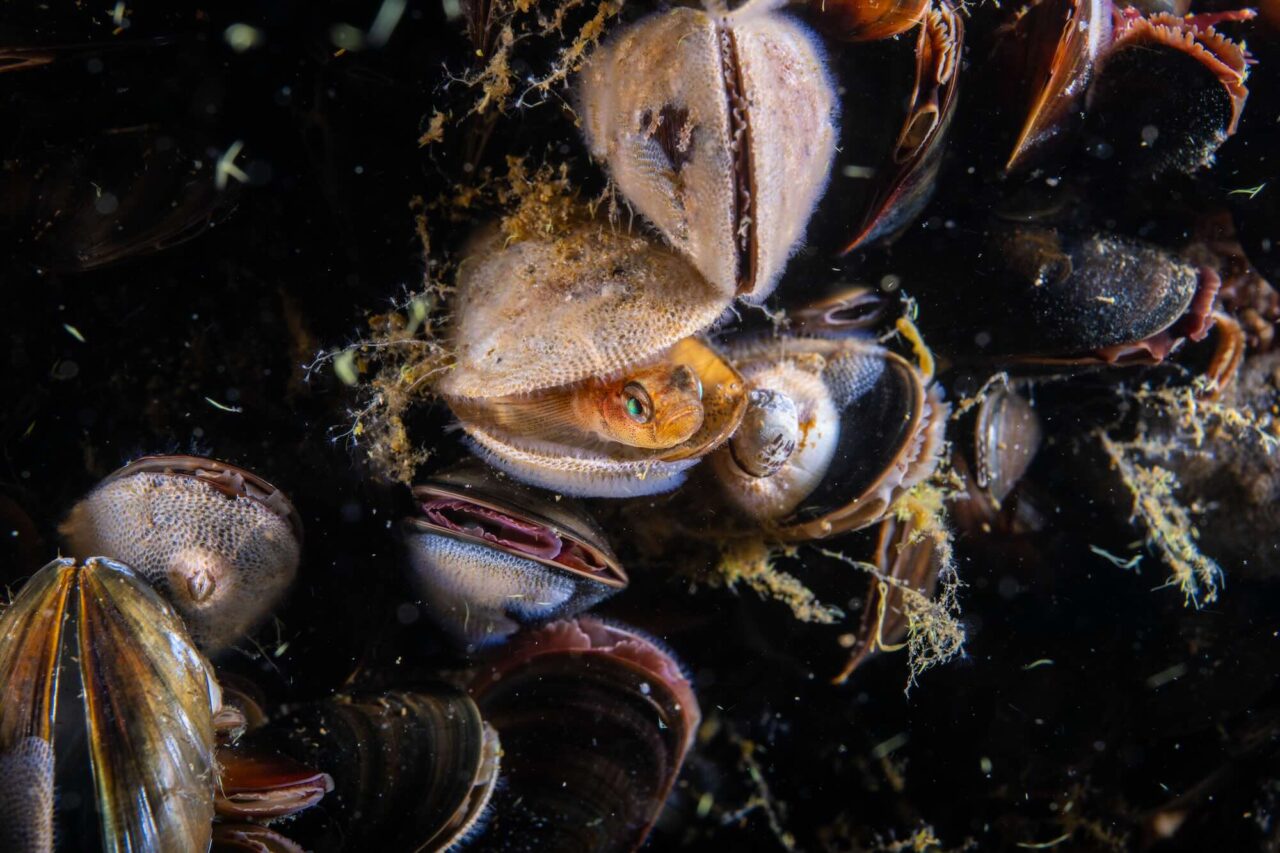
The Baltic Sea is a unique and sensitive sea where organisms live on the edge of what they can tolerate due to the low salinity. It has also been called the world's most polluted inland sea due to eutrophication and the chemical cocktail caused by human activities.
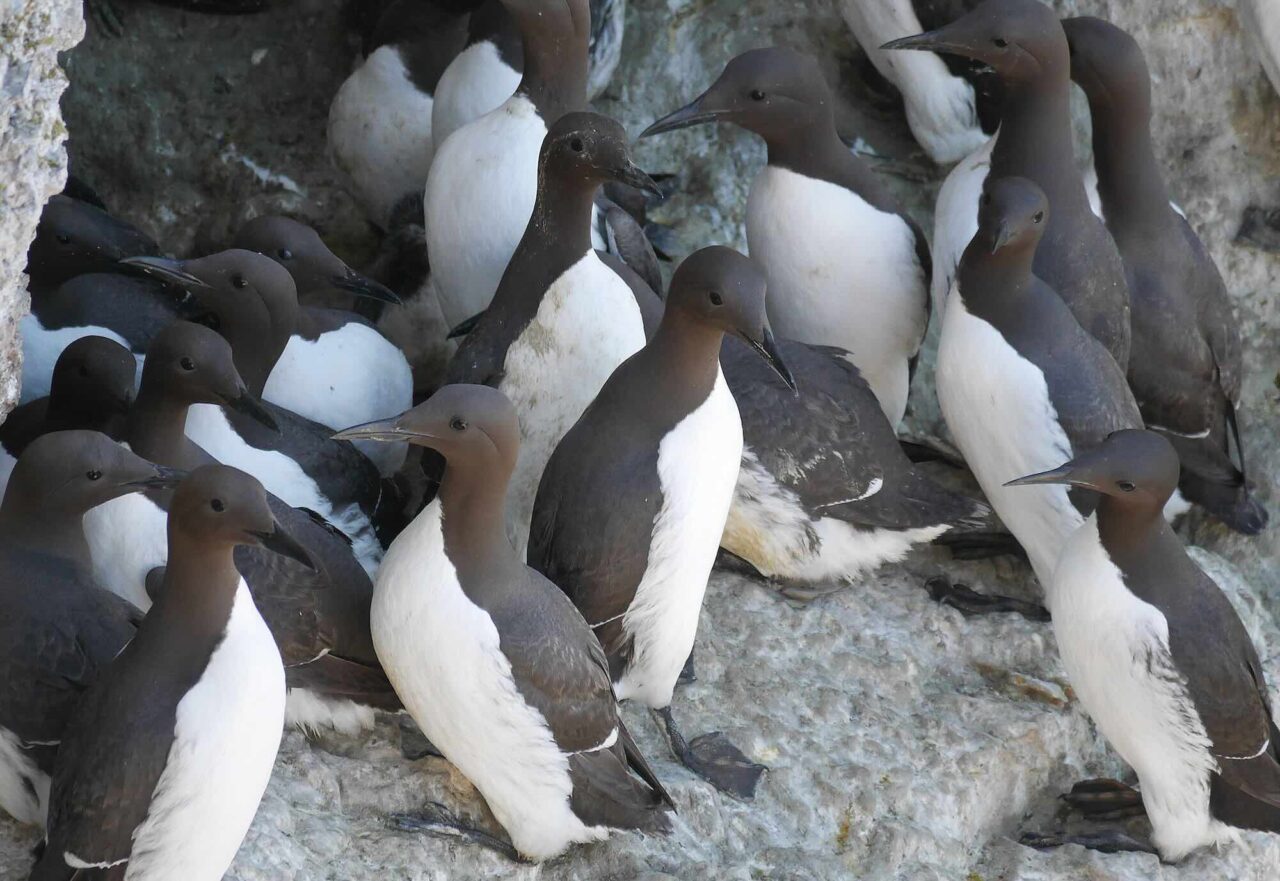
Leaner cods, guillemot, and seals. Sluggish and red-spotted salmon. Several of the Baltic Sea's large animals are being pressured by ill health and new environmental toxins, according to a new report. But for several species it is going quite well – and for one the development is a pure success story.

Starting Friday, two Swedish corvettes will patrol the Baltic Sea - as part of a major investment in the protection of critical underwater infrastructure.
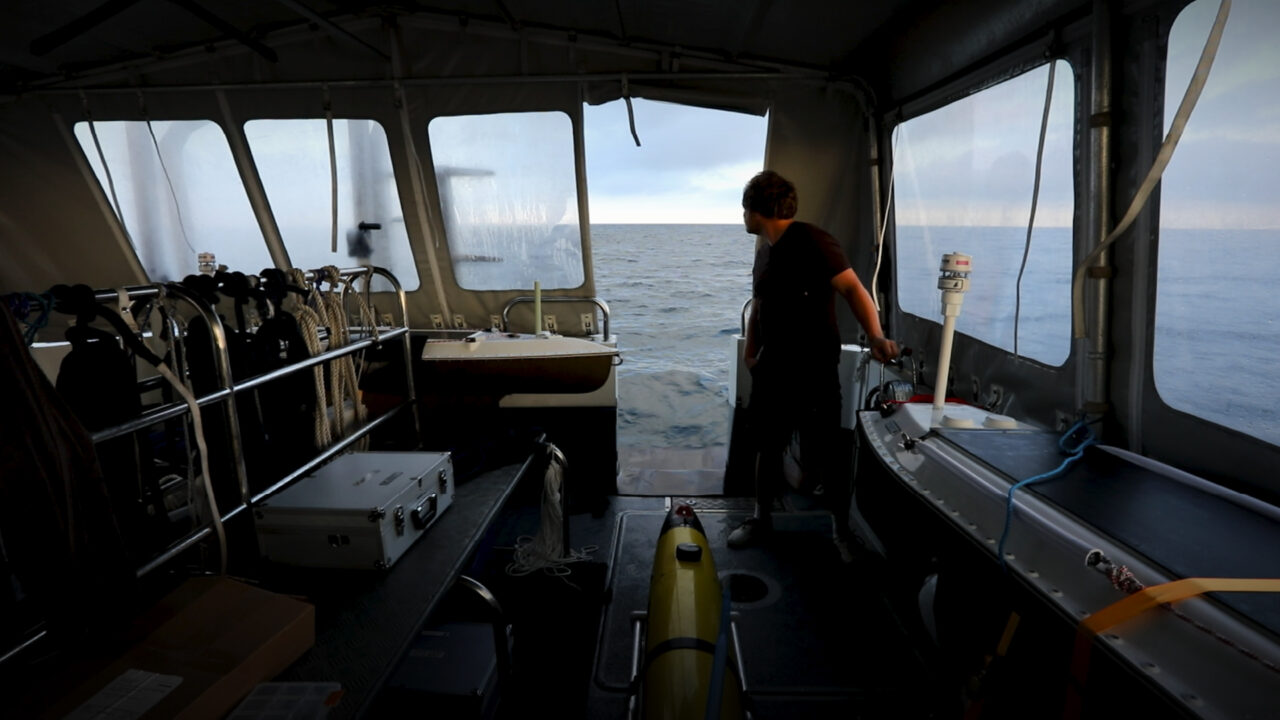
The Baltic Sea is grappling with a severe ecological crisis primarily marked by oxygen depletion, leading to extensive dead zones. Human activities, including industrial processes and nutrient-rich agricultural runoff, have fueled the growth of algae, contributing to oxygen-starved conditions. These anoxic zones threaten marine life, disrupting ecosystems and fisheries.
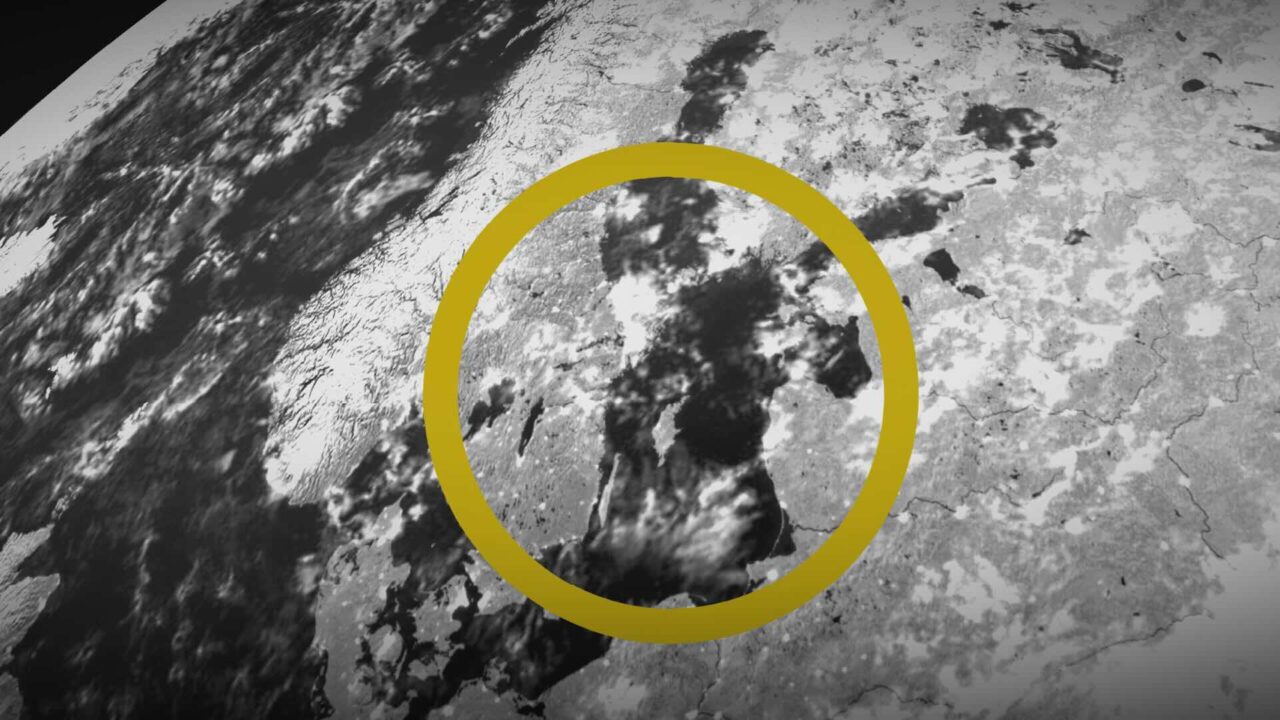
NASA has identified several hundred marine dead zones around the world. A dead zone is an area in the ocean where the oxygen level is too low for marine life to survive. Some of them occur naturally, but most of them are man-made. Seven out of the world's ten largest dead zones are in the Baltic Sea. The biggest dead zone in the Baltic Sea is almost the size of Ireland.

The ship Marco Polo has run aground three times. Now even more oil is spilling into the sea in the Pukavik Bay. - This cleanup will take a long time and you must keep track of environmental toxins in fish and mussels in the area, says environmental scientist Maria Granberg.

In recent years, the stickleback has increased dramatically in the Baltic Sea. According to an as yet unpublished study that Vetenskapsradion has taken part in, it is estimated that in some places there is eleven times as much stickleback as it was 20 years ago.
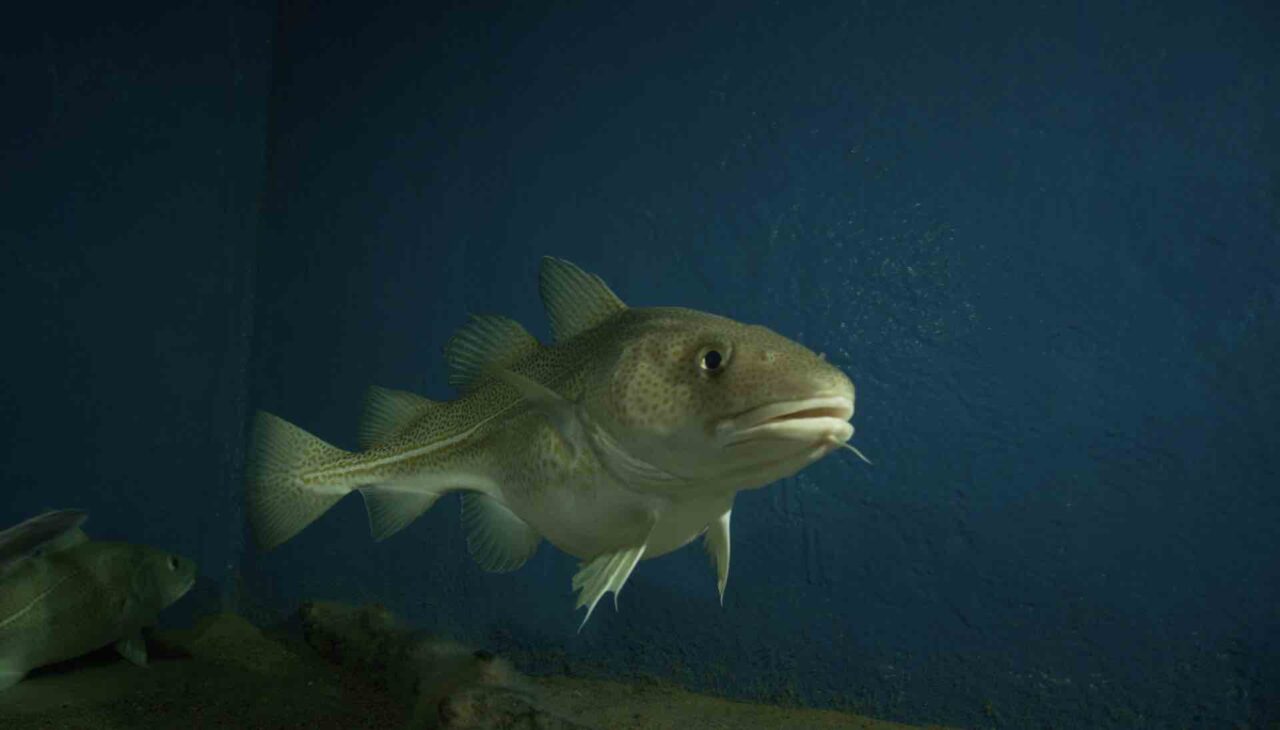
For an extended period, the cod population in the Baltic Sea has been facing severe challenges. Overfishing and environmental issues have taken a toll on their well-being, causing a decline in their health. Consequently, many of them have become thin, emaciated, and susceptible to diseases. However, a pertinent question arises: What happens when wild cod are given the opportunity to recuperate?
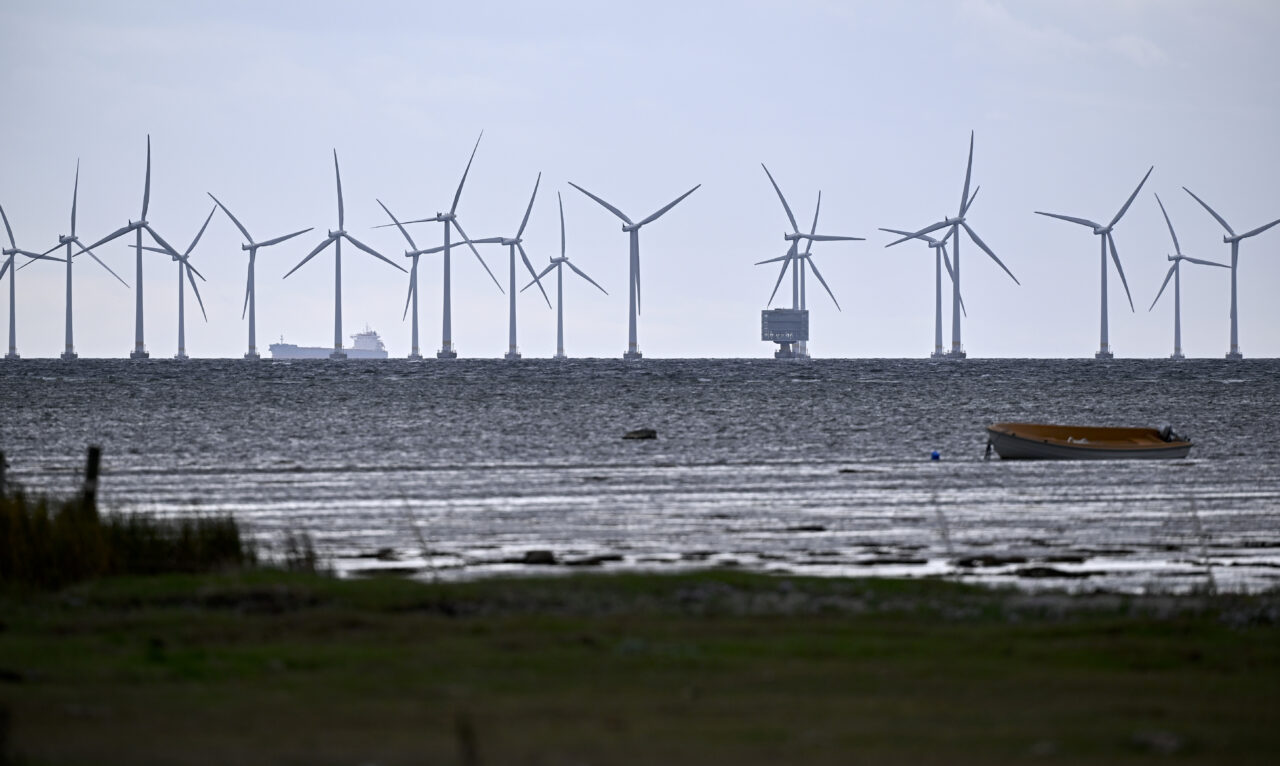
The North Sea, the Baltic Sea and the Gulf of Bothnia have been singled out for future offshore wind power. Several authorities have tried to find suitable areas - but different interests are fighting each other.

With a large number of sampling bottles and special equipment from Germany, researchers from the University of Gothenburg are now on the Baltic Sea. The aim is to investigate the levels of methane gas following the Nord Stream leak and to find out the consequences for marine life.
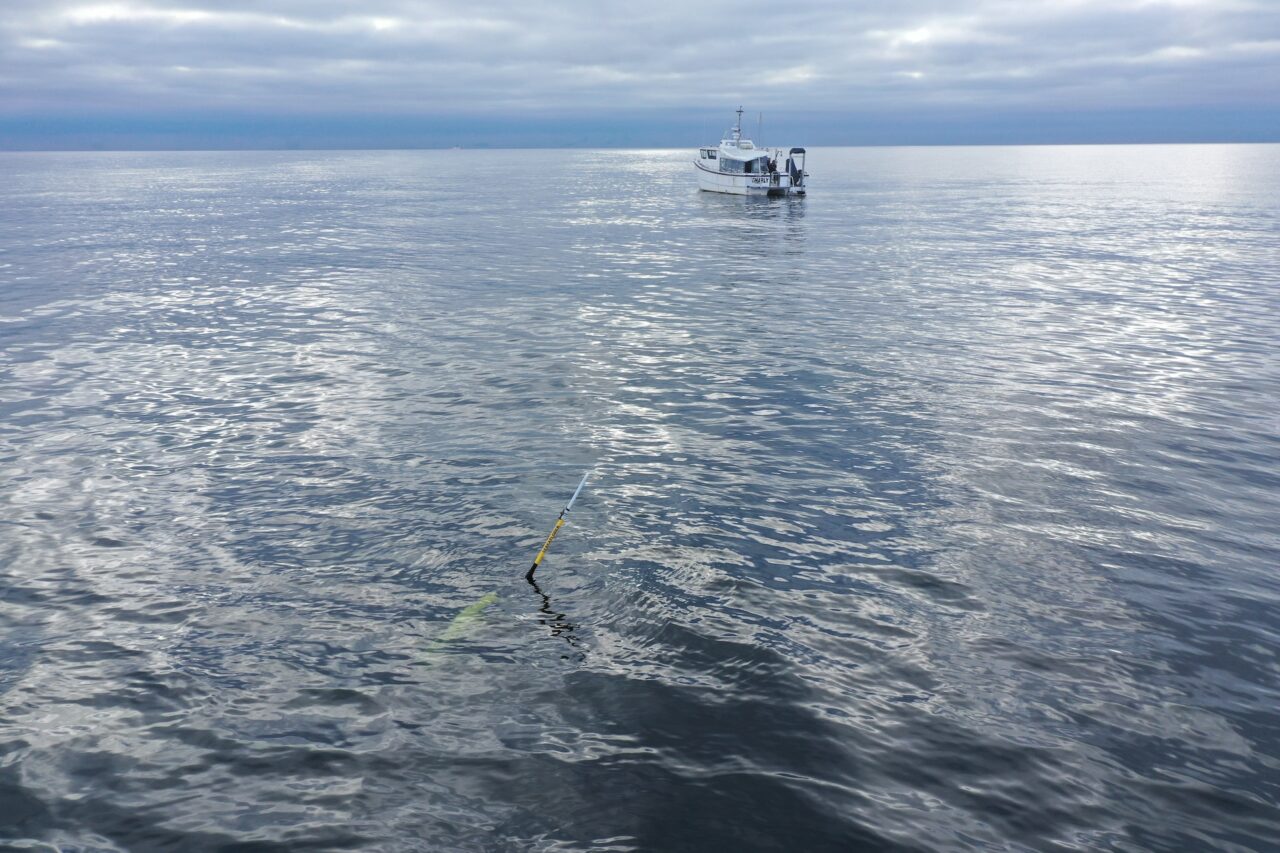
On September 26th, both Nord Stream gas pipes ruptured, leading to enormous gas leaks outside of Bornholm in the Baltic Sea. Voice of the Ocean Foundation and University of Gothenburg quickly set up operations to monitor both what was happening from an oceanographic point of view, and also the methane directly. To see how it spread and how it remained over time.
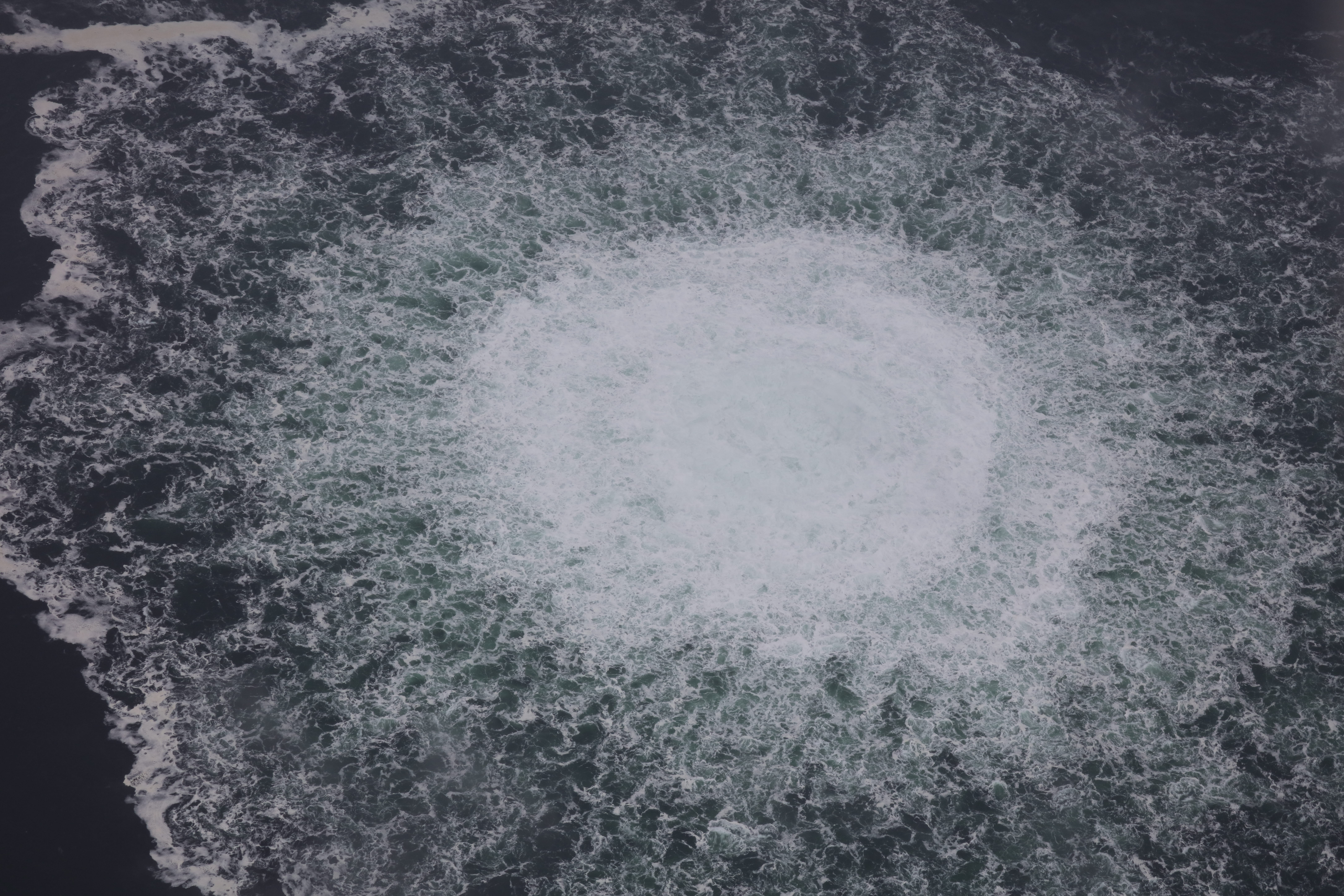
Nord Stream was subjected to gross sabotage, the prosecutor confirms in a press release. Explosives have been found on several foreign objects.
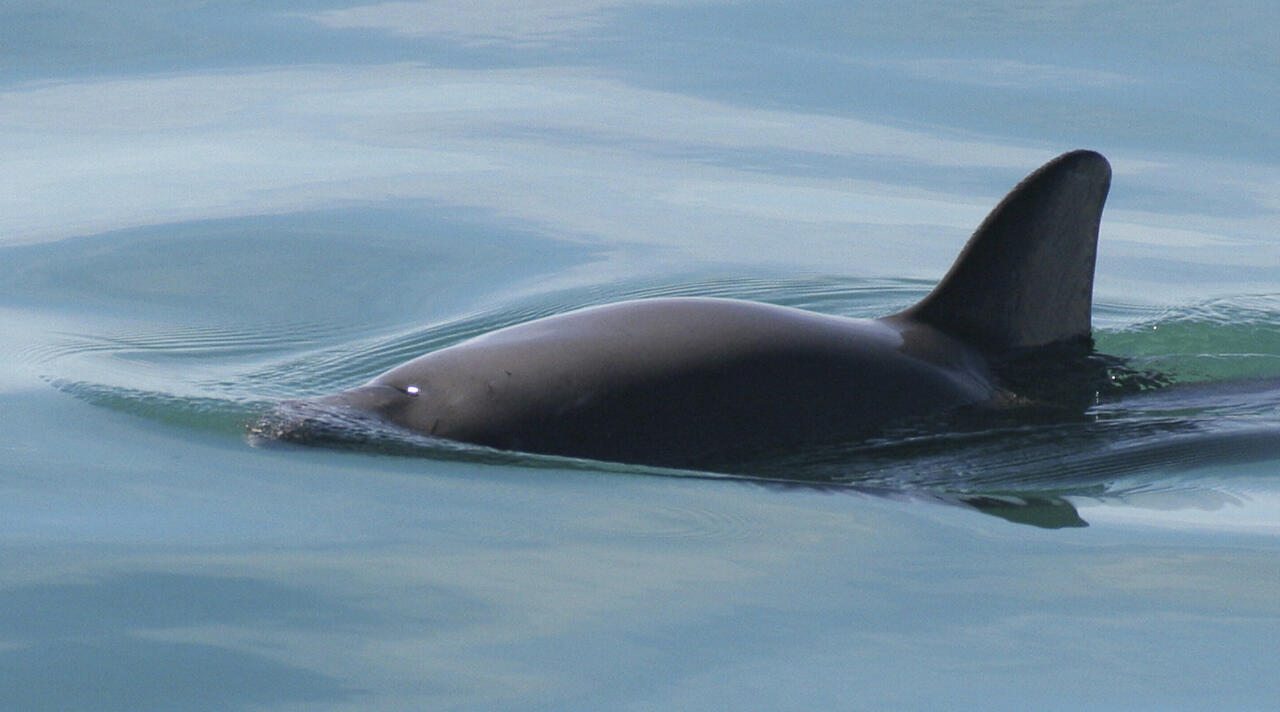
A dead porpoise was found in the Blekinge archipelago in August. When the unusual find is now investigated, it turns out that the cause of death is still unclear - and that it was a pregnant female, reports Blekinge county newspaper
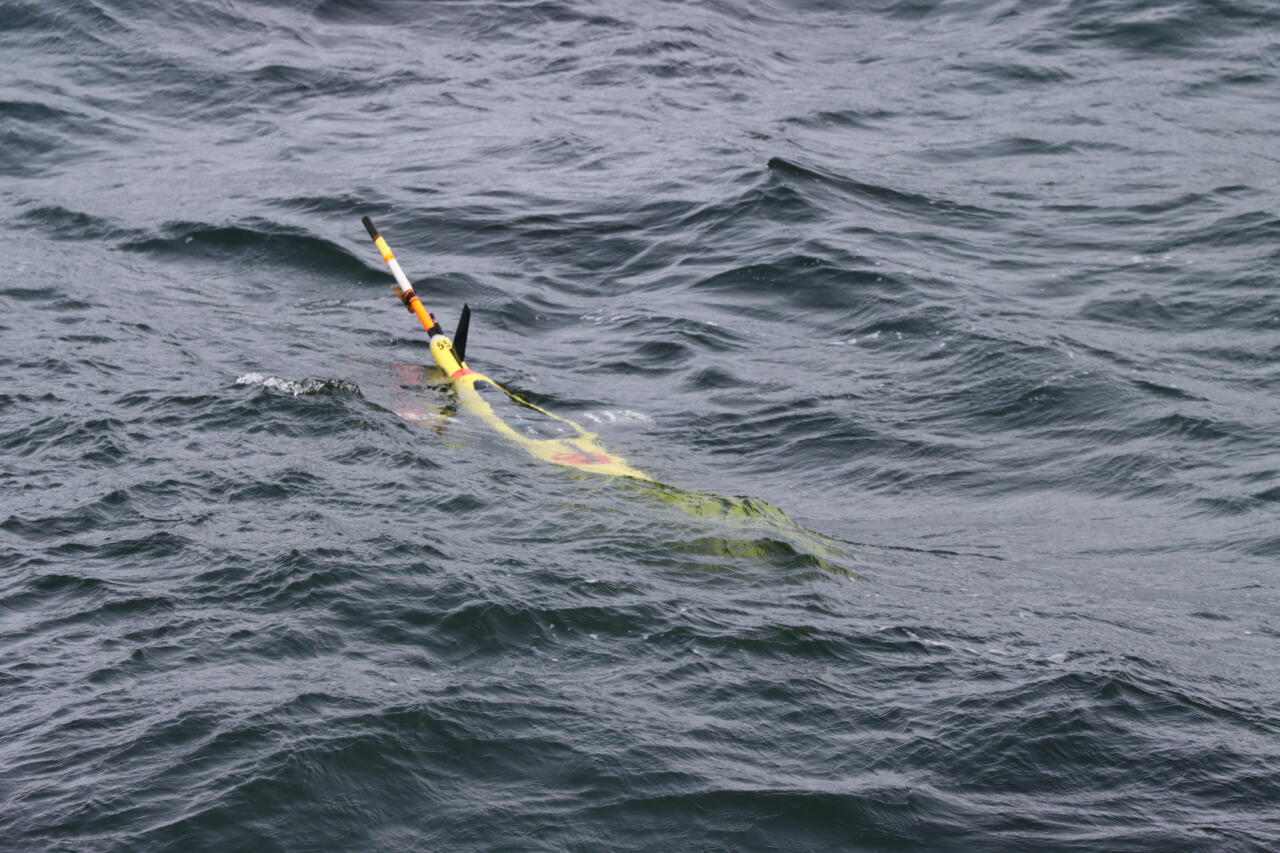
Three underwater robots are currently searching the waters around the Nord Stream leaks. The idea is that the robots will provide new information about how the methane emissions from the gas pipelines affect the marine environment

Dive into the world of underwater filmmaking with Johan Candert and Göran Ehlmé as they share their captivating experiences with seals through five years of dedicated filming.
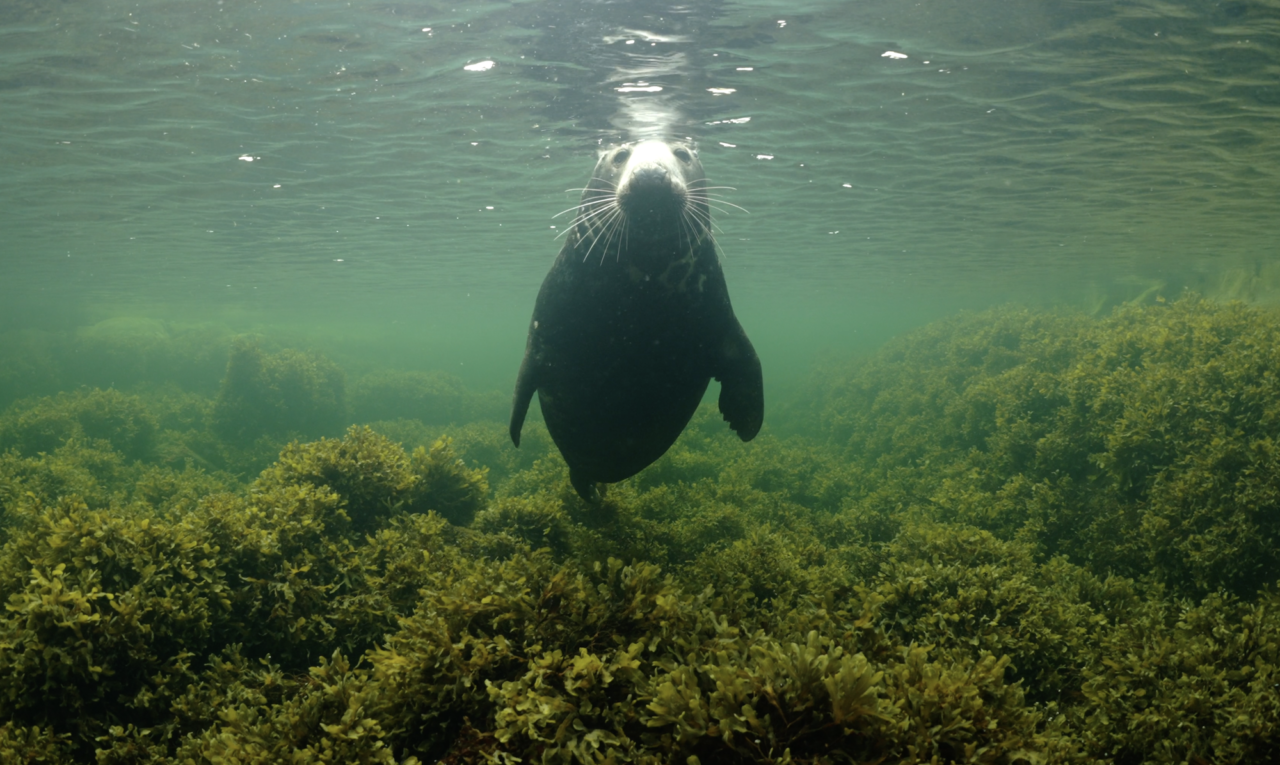
Join Johan Candert for a dive into 'The Secret Life of the Seal' and the challenges of nature filmmaking.
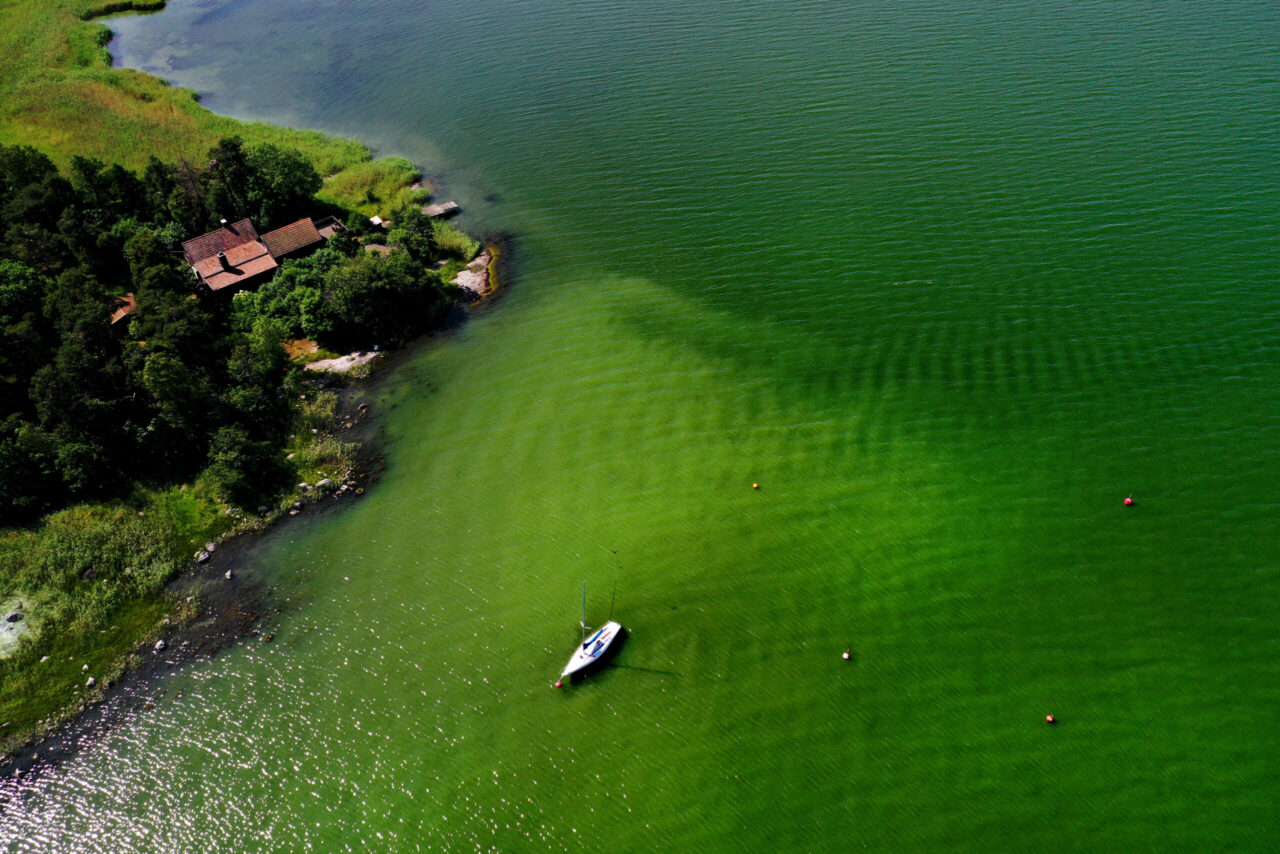
The Center Party wants to invest SEK 725 million over the next three years to reduce eutrophication of the Baltic Sea
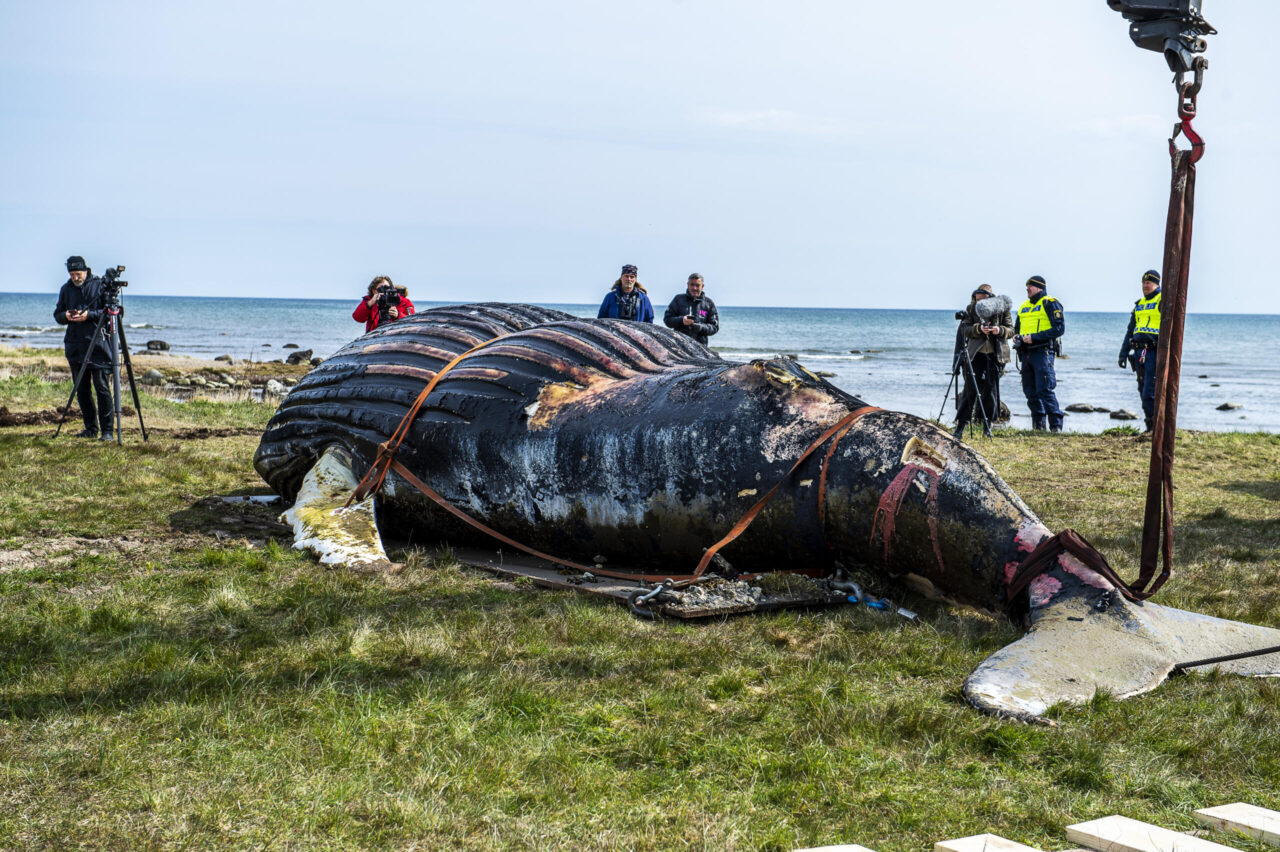
62 dead seals, porpoises and whales were examined last year by the National Veterinary Institute (SVA). Among them were a humpback whale from the Baltic Sea and a small porpoise found west of Öland – two very unusual events
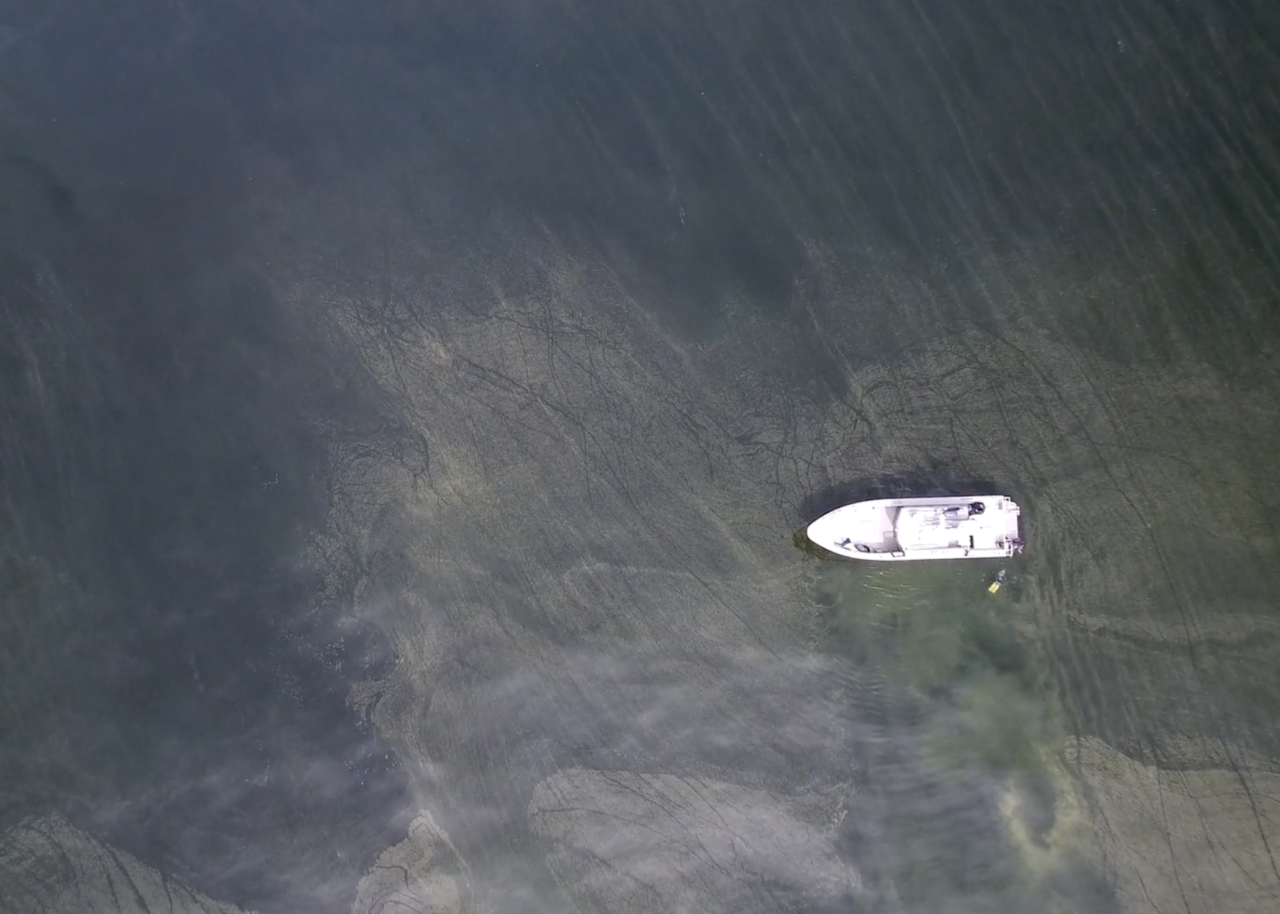
Study reveals Baltic Sea eutrophication persists despite action plans. Effective policies and cross-country support are essential for saving the sea